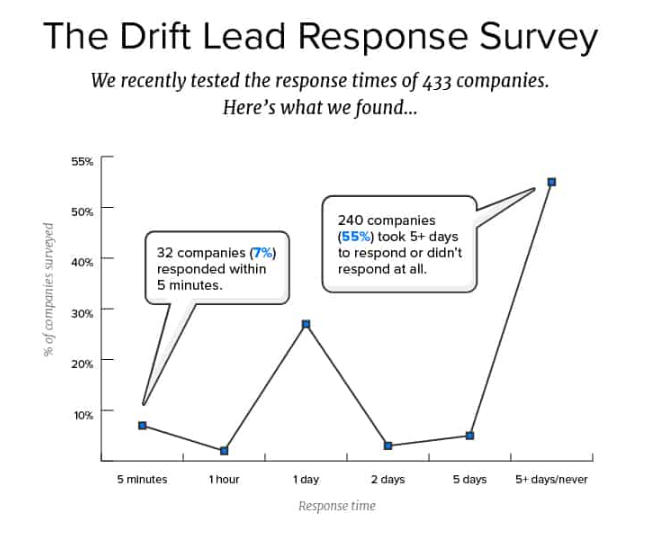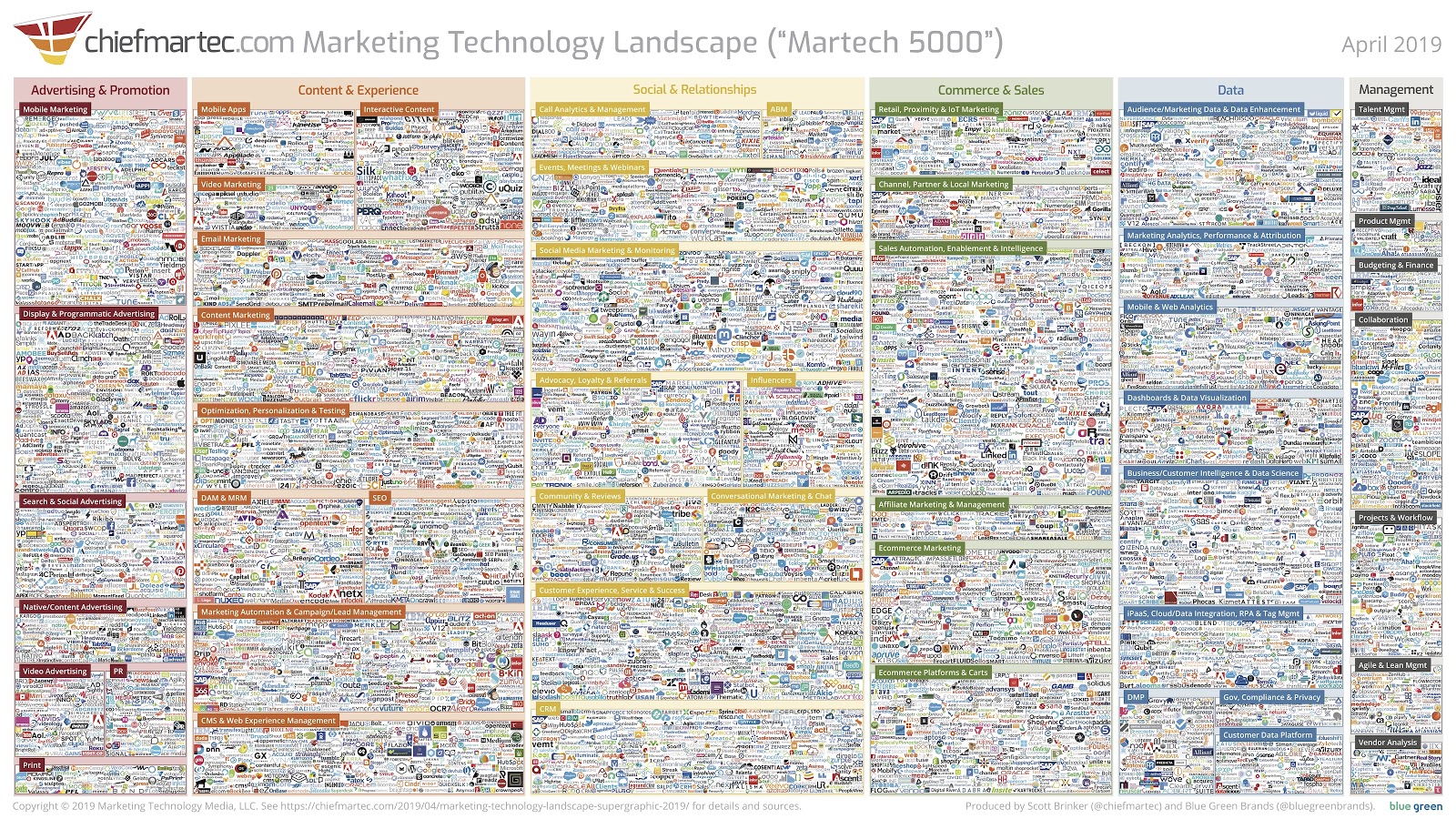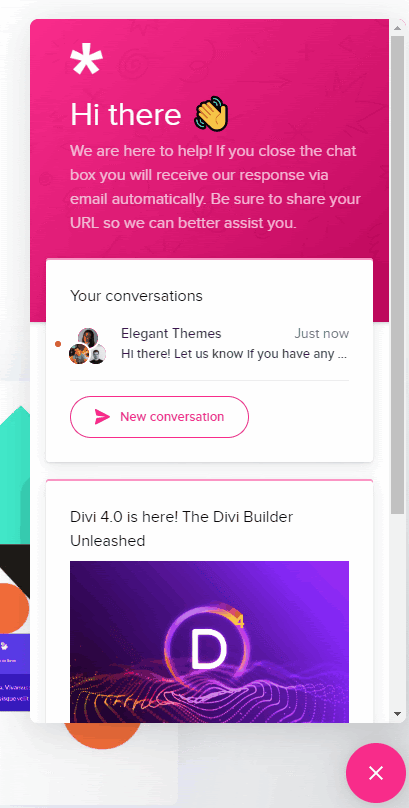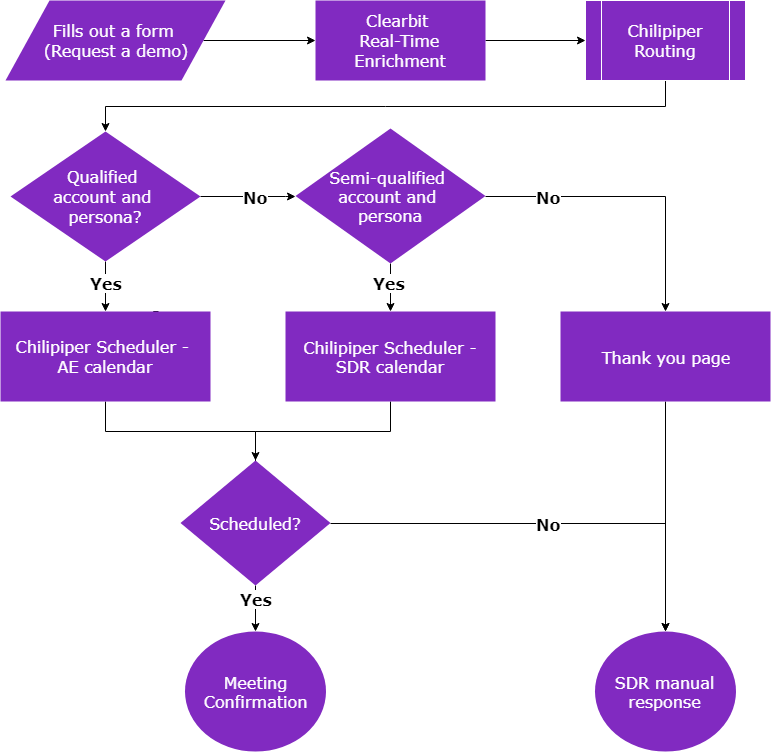
Speed to lead is the elapsed time between someone expressing interest in your business and your sales reps’ earliest response.
Maybe that means filling out a form.
Perhaps it’s a demo on-site request.
Either way, the clock is ticking when your leads request your attention.
Speed matters.
Conventional wisdom says the sooner you engage your leads with a call or email after that initial point of contact, the better. Seems like a no brainer, doesn’t it?
However, you’d be shocked at how many businesses botch their response times.
Listen. Salespeople should prioritize speed to lead and optimize it like any performance metric.
You fight tooth and nail for your sales leads, right? So don’t let them go to waste due to sluggish response times that are totally within your control.
In this guide, we’ll lay out everything you need to know about boosting your speed to lead, plus tactical strategies for engaging your customers ASAP.
Why Your Speed to Lead Matters So Much
Salespeople love to talk about their conversion and close rates. That said, speed to lead tends to fly under the radar despite being just as important.
Because when someone’s eager enough to request an appointment or hop on a call, their purchase intent is at an all-time high.
They’re pumped up. They’re ready to talk. Heck, they might be ready to buy outright.
But every moment that passes between that initial outreach and your response, their interest starts to wane.
“Do I really need this? Maybe I’ll sleep on it. I wonder if I could get it somewhere else?”
Imagine an in-person scenario you were standing at a deserted sales counter with no help in sight. How long would you stick around? 30 seconds? A minute? Maybe two if you were absolutely desperate?
Such a situation sounds ridiculous, but that’s basically what businesses today are putting their leads through. Not exactly a customer experience to write home about.
Check out this diagram from Clearbit which highlights why timing matters when closing leads. When you show up at the intersection of being a good fit and a problem-solver for your prospects, you set yourself up to be their sort of knight in shining armor.

But all of this is theoretical, isn’t it?
Okay, then let’s break down some important speed to lead statistics that drive home why speedy response times are so critical.
Fact: 78% of Customers Buy from the Business that Responds First
Simply put, speed makes all the difference when it comes to getting leads to close.
Data gathered by Vendasta notes that 78% of B2B customers will purchase from whoever responds to their queries first.
No surprises here, honestly. Imagine that your air conditioner goes on the fritz in the sweltering heat of August. You frantically start calling and emailing HVAC companies out of desperation but receive no reply.
Chances are you’re going to be eager to work with the first person who gets back to you based on your situation, right?
And keep in mind that responding first isn’t just about being fast: it’s about providing a positive customer experience. Getting in touch ASAP shows that you care and legitimately value your customers’ time.
Fast Response Times = Higher Conversion Rates (and Vice-Versa)
As noted by an oft-cited study from Harvard Business Review, companies that respond to customers within the first hour of contact are seven times likelier to convert to sales.
Read that again. Seven times more likely.
This reinforces the fact that speed to lead goes hand in hand with high conversions. That also means that your conversion rate is tied directly to response time. The same study also notes that conversion rates drop off sharply after that initial hour and are more or less DOA by the time you hit the 12-hour mark.
When It Comes to Speed to Lead, Most Businesses Are Blowing It
According to a study conducted by drift Drift, only 7% of companies respond to leads within five minutes.
We’ll bite: five minutes is pretty damn fast. If you’re able to get your speed to lead that swift, you’re definitely in a league of your own. Achieving that level of speed requires some planning and third-party sales tools, but it’s definitely not impossible (more on that later).
However, you can take solace in the fact that most B2B companies don’t respond nearly that quickly. In fact, one study demonstrates that approximately 30% of businesses respond within 24 hours while a shocking 55% take five days or more to get back to their leads.

The takeaway here is that you’re already ahead of the curve if you can trim down your speed to lead to less than 24 hours, let alone five days.
If You Can’t Engage Your Leads ASAP, Chances Are Someone Else Will
Food for thought: if you’re in the B2B SaaS space, your leads are spoiled for choice when it comes to products to choose from.
Just peek at the tools list on the Martech 5000 (which is actually composed of 7000+ tools) for reference.

Kind of blows your mind.
Failing to provide a decent speed to lead or response could be the catalyst for someone to bounce to a competitor. Given that 40% of typical mid-size companies are rapidly shuffling through new products and services, churn and lost leads is the lay of the land right now.
Okay, So What Should My Speed to Lead Be?
Wondering what an ideal speed to lead time should be?
Good question, but it’s not one that has a right answer.
Factors such as your industry, company size, and resources all influence your speed to lead. For example, an enterprise company with a massive sales team is obviously going to be better equipped than a bootstrapped startup.
Don’t fret! There are tools, tactics, and processes you can put in place to really get your speed to lead under between 12-24 hours (and as quick as a couple of minutes or two).
As highlighted by the data above, less than an hour seems to be the sweet spot that businesses can realistically achieve.
How to Improve Your Speed to Lead in 5 Steps
Now that we’ve driven home just how much speed to lead matters, let’s dive into how to improve yours over time. Below are a combination of strategies and tactics to make sure your leads are never left hanging.
1. Design Your Landing Pages to Engage Prospects Immediately
In case you’re wondering, this is all about conversion rate optimization.
It’s no secret that your landing pages are valuable real estate.
But ask yourself, are you doing everything you can to engage your prospects as soon as they land on-site?
For example, consider opportunities to engage either in-person or via automated responses to your leads from the word “go,” including:
- Live chat and chatbots
- Demo requests (and email autoresponders)
- Appointment calendars
The idea here is to immediately make yourself as accessible and responsive to leads as possible.
By embedding a calendar on your landing page, your leads have the option to book a demo in real-time with an available rep or schedule an appointment at a later date.
Upon doing so, they receive an autoresponder and boom! You’re on each others’ calendars and you’ve effectively booked them without lifting a finger.
Here’s a snapshot of what that demo request looks like in action:
Meanwhile, live chat and chatbots can also do some of the heavy lifting when it comes to your speed to lead.
For example, after landing on Elegant Theme’s site visitors are met with an automated chatbot prompt and an opportunity to get in touch with relevant reps.

See how that works? Any opportunities you have to engage your customers and have them do something you can respond to is a plus. Whether in real-time or via autoresponders, that moment of back-and-forth is crucial.
2. Save Your Sales Reps Time via Lead Enrichment and Capture Forms
Here’s some food for thought though: the average salesperson only spends one-third of their time actually selling.
In other words, there’s a lot of potentially wasted time in your reps’ scheduled for tasks that could be automated. For example, having to research leads’ company size, budget, or social media channels for supplementary information.
One easy way to eliminate tedious research is by simply gathering more information from your leads via your intake and capture forms.
There are third-party lead enrichment tools out there such as Clearbit which scours the web to supplement your existing lead data so you have a more comprehensive view of your lead.
This allows you to gather hundreds of attributes including social handles and company roles without forcing your leads to fill out insanely long forms.
My company actually has a client case study in which we were able to lift Gong’s demo requests by 70% and 5x their demo requests. Below is a breakdown of how the process works behind the scenes to help you get in touch with leads faster.

3. Score Your Leads and Prioritize Who to Call First
Your reps shouldn’t have to dig through form entries and emails to get in contact with leads.
Instead, the process should be automated. With a scheduling calendar, leads are funneled to sales reps and given the opportunity to connect one-on-one in real-time based on your reps’ availability.
Boost your speed to lead by encouraging people to call now rather than schedule later. Regardless, such tools enable you to communicate with leads in a timely manner.
In some cases, you might want to immediately dial out to a prospect who submitted a form rather than wait to take action. Automating this process allows you to reach leads faster and on their terms.
4. Automatically Route Your Leads to the Right Reps
Not all leads are equal in terms of their wants and needs.
And although some might be itching to buy, others might be tire-kickers or folks stuck in the “just browsing” phase.
Either way, they still deserve your attention. Lead distribution software allows you to set routing rules to determine who should handle any given lead.
For example, you might send higher-ticket leads to more experienced reps or route someone from an off-the-clock time zone to your remote team.
The goal here is to make sure that your reps not only have the bandwidth and availability to talk to leads in real-time but also they’re being matched up to the right people.
5. Monitor Your Speed to Lead to Identify Drop-off Points and Lag Time
To wrap things up, consider how you can start treating speed to lead akin to other sales metrics (think: won opportunities, close rates or conversions).
Much like you have a pulse on these data points and share them with your team, the same should ring true for speed to lead. Over time, you can measure and optimize your response metrics to figure out if you’re actually reaching your leads in a timely manner.
And even if you aren’t optimizing your speed to lead currently, you can look at your data now to create a sort of baseline to improve upon.
Chances are you already have this data available somewhere in your CRM in your activity log. For example, check out what lead history tracking looks like in Zoho CRM. You’re basically looking for the time between their initial outreach and your point of contact.

Tracking this data, you can identify where your best leads are coming from (think demo bookings, lead magnets) and continue to optimize your speed to lead from there.
Ready to Give Your Speed to Lead a Much-Needed Boost?
There is no single “silver bullet” for improving your speed to lead.
There are, however, a variety of actionable tactics and tools available to businesses of all sizes to engage their leads in a timely manner. Doing so not only provides a better customer experience but is a proven way to give your improve your conversion rates.
Originally published here.